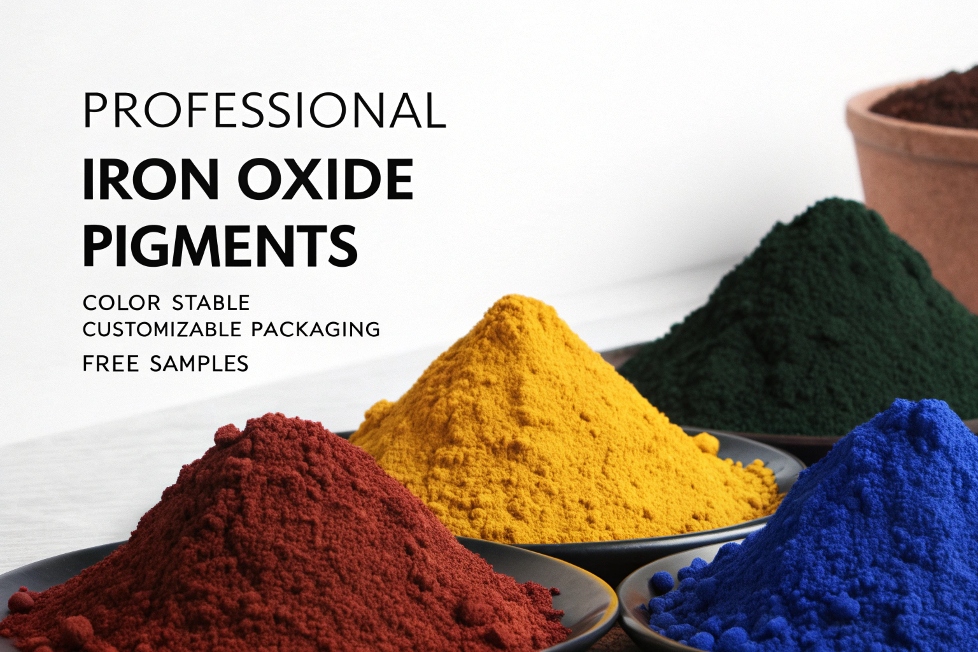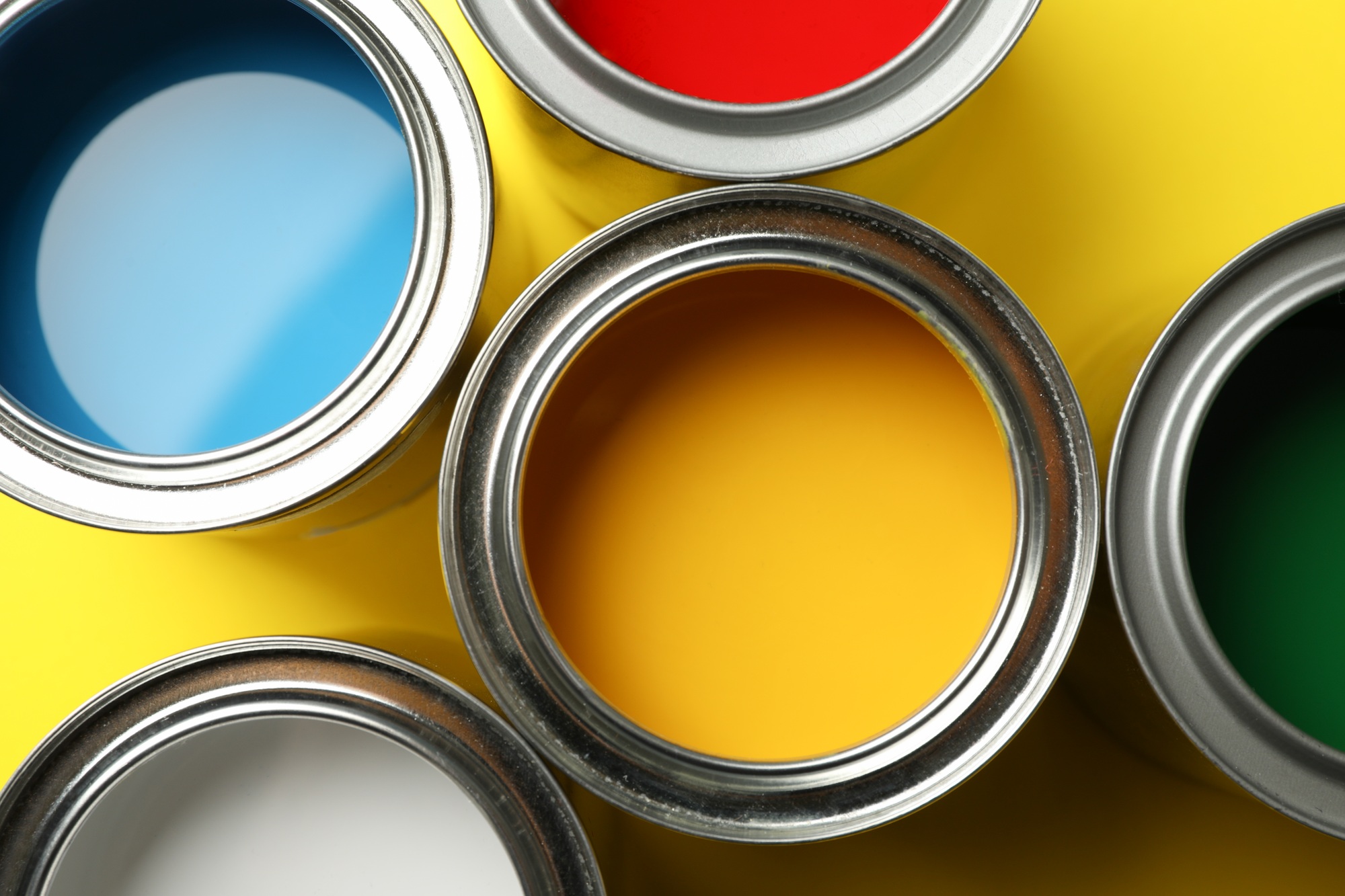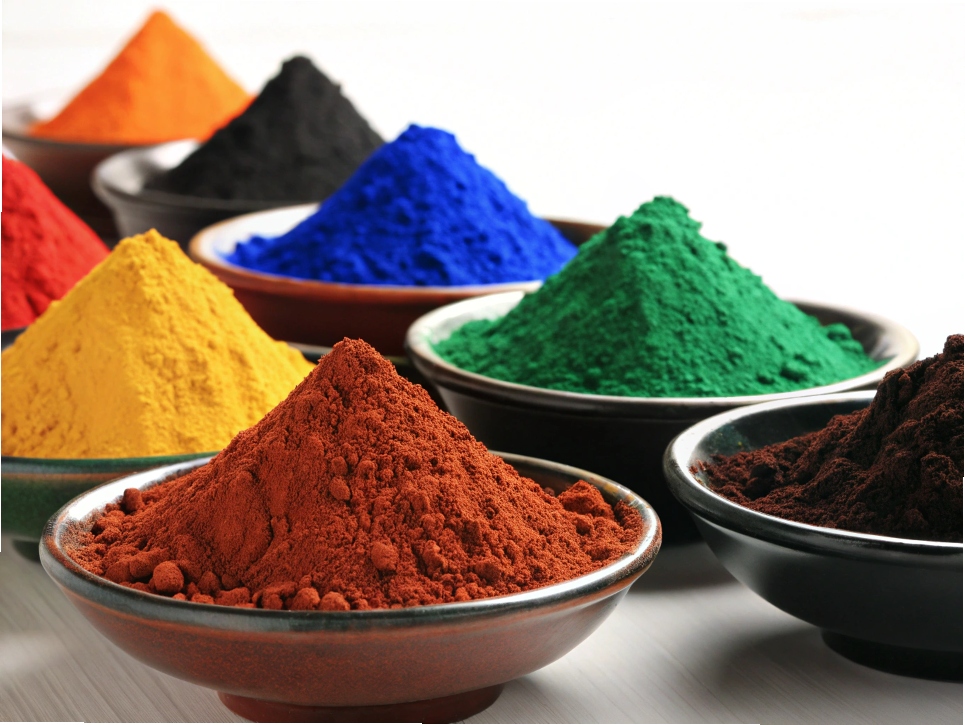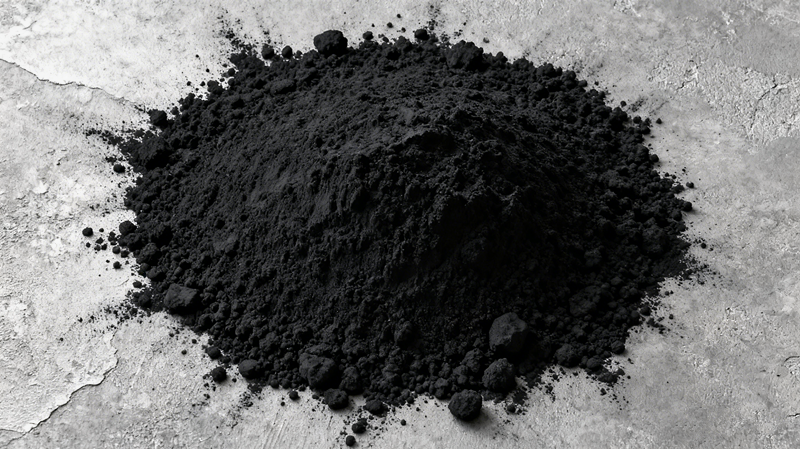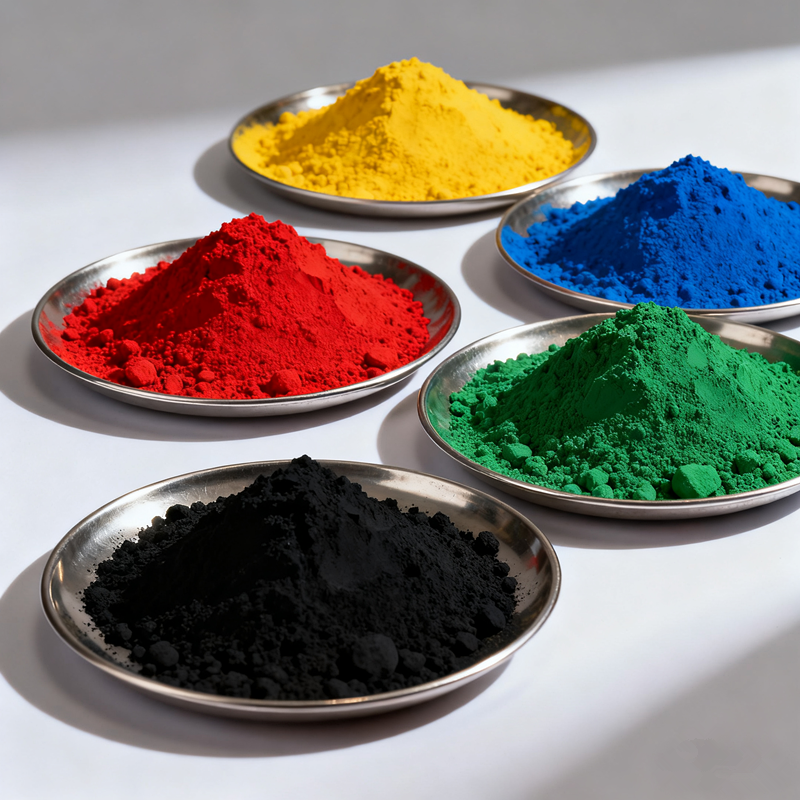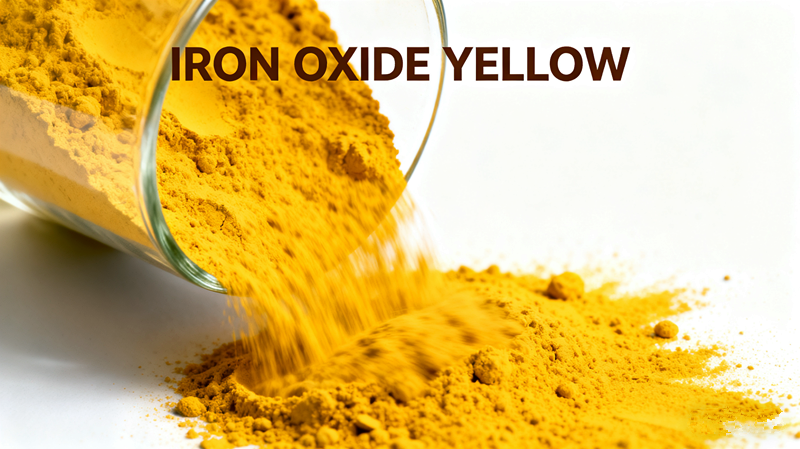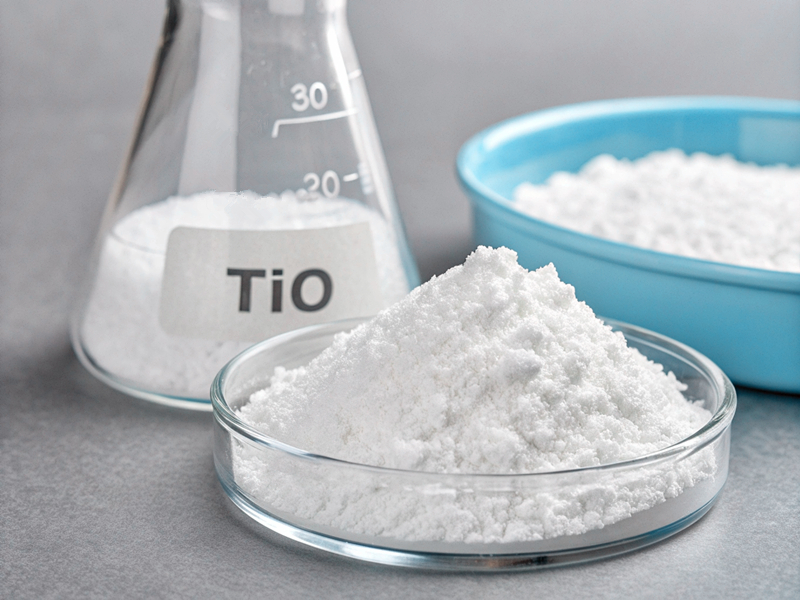Iron oxide pigments are widely used in construction, coatings, plastics, and decorative applications due to their vibrant color, durability, and cost-effectiveness. However, one common question among manufacturers, architects, and end-users is: Will iron oxide pigment fade over time?
The short answer is no, iron oxide pigment is generally fade-resistant under normal environmental conditions. But to fully understand this, let’s explore what gives iron oxide its durability, and what external factors—if any—can affect its long-term color performance.
What Makes Iron Oxide Pigments So Durable?
Iron oxide pigments, whether red, yellow, black, or brown, are made from compounds of iron that are chemically stable. These pigments are either naturally occurring (like red hematite or yellow ochre) or synthetically produced through controlled chemical reactions.
Their molecular structure is what gives them their resistance to UV light, alkalis, and moisture—all common elements that cause fading in organic pigments. This high level of inorganic stability means iron oxide pigments maintain their color even under intense sunlight or in harsh outdoor conditions.
Fade Resistance in Different Applications
1. Concrete and Construction
In concrete bricks, pavers, roof tiles, and precast materials, iron oxide pigments are often mixed directly into the concrete. Since the color becomes a part of the material, not just a surface coating, fading is extremely rare. These structures often last for decades without noticeable color loss.
The pigment particles are also insoluble in water and resistant to high pH, which is common in cement-based products. This further protects the color from environmental degradation.
2. Paint and Coatings
In paints, iron oxide pigments are chosen for both interior and exterior applications. When formulated correctly with UV-resistant binders and applied with appropriate film thickness, the pigments show excellent color retention, even after years of sun exposure.
Compared to organic pigments, iron oxide pigments in paints may not offer the same brightness, but they are far superior in terms of weatherability and longevity.
3. Plastics and Polymers
In plastic applications, iron oxide pigments are exposed to heat during processing. The good news is that synthetic iron oxides are highly thermal stable, generally up to 300°C (570°F), depending on the type. Once embedded in the polymer matrix, these pigments are shielded from external elements, further improving their fade resistance.
When Might Iron Oxide Pigment Fade?
While iron oxide pigments are known for their durability, there are a few scenarios where fading or discoloration might occur:
- Improper mixing or dispersion: In concrete or coatings, if the pigment is not thoroughly mixed, uneven color or patchiness may develop over time, which may be mistaken for fading.
- Surface erosion: In high-traffic or weathered areas, the surface layer containing pigment may wear away, revealing less pigmented material underneath.
- Use of low-quality pigments: Not all iron oxide pigments are produced equally. Inconsistent particle size, impurities, or poor manufacturing processes can result in inferior performance.
- Chemical exposure: Strong acids or industrial chemicals may alter pigment color if they reach the colored surface.
How to Ensure Long-Lasting Color
To get the most out of iron oxide pigments, especially in industrial or architectural projects, follow these guidelines:
- Choose high-quality, synthetic iron oxide pigments from reputable suppliers.
- Ensure even and complete dispersion during mixing, especially in concrete or coatings.
- Use protective sealers or coatings on exposed concrete surfaces to reduce surface wear.
- Avoid mixing pigments with incompatible materials that may react chemically over time.
Final Thoughts
Iron oxide pigments are highly fade-resistant due to their chemical stability, UV resistance, and thermal durability. This makes them ideal for long-lasting color in concrete, coatings, roofing tiles, and plastics.
However, color longevity also depends on proper use. Even top-grade pigments can appear faded if poorly applied or if the material degrades over time.
To ensure long-lasting performance:
- Use high-quality pigments from trusted suppliers
- Ensure proper mixing and dispersion
- Apply protective coatings if needed
- Avoid harsh chemicals and abrasion
With correct application, iron oxide pigments retain their color for years or even decades, making them a dependable choice for durable, vibrant results.


